I’ve often thought of punji sticks as the poor guerrilla’s alternative to land mines. You got bad guys in your area of operation that need dealing with so what is a great alternative to explosions? How about sticks? They grow everywhere, the cost nothing, and are often undetectable. However, there is one caveat here; don’t go sticking these all over your yard and digging concealed pits under your window, as it will likely lead to a lawsuit and jail time. Punji sticks are another tool to utilize in an emergency situation when life is on the line; not for jokes and pranks.
The Punji stick or Punji stake is a type of booby trapped stake. It is a simple spike, made out of wood or bamboo, generally placed upright in the ground. Punji sticks are usually deployed in substantial numbers. The point of penetration was usually in the foot or lower leg area. Punji sticks were not necessarily meant to kill the person who stepped on it; rather, they were designed to wound the enemy and slow or halt his unit while the victim was evacuated to a medical facility. In the Vietnam War, the Viet Cong would also use this method to force the wounded soldier to be transported by helicopter to a medical hospital for treatment, which was viewed as being more damaging to the enemy’s cause than death.
What are the some of the most common ways in which punji sticks have and continue to be employed? That’s right: booby traps, controlled movements, denial of cover, and defensive posture. At least that is what I came up with. I hope if you know of other generalized purposes that you will share it in a comments block below.
The booby trap: This is by far the most well-known employment of punji sticks. Punji sticks would be placed in areas likely to be passed through by enemy troops. The presence of punji sticks may be camouflaged by natural undergrowth, crops, grass, brush or similar materials. They were often incorporated into various types of traps; for example, a camouflaged pit into which a man might fall. Sometimes a pit would be dug with punji sticks in the sides pointing downward at an angle. A soldier stepping into the pit would find it impossible to remove his leg without doing severe damage, and injuries might be incurred by the simple act of falling forward while one’s leg is in a narrow, vertical, stake-lined pit. Such pits would require time and care to dig the soldier’s leg out, immobilizing the unit longer than if the foot were simply pierced, in which case the victim could be evacuated by stretcher or fireman’s carry if necessary.
Controlled movement: think of this as a way to funnel enemies onto a chosen path, choke point, or entry control point (ECP). Just like the marked mine fields you are not looking at concealing the presence of the nasty spikes, but using them to put unwelcomed guests where you want them. While this can be employed in an ambush; the moment your enemy has a clear visual on the sticks and the choke point he’ll know something’s up; ambushes are best launched without enemy realization. So if you must employ punji sticks in an ambush consider the next paragraph.
Denial of cover: no matter where you live there will be dead zones that you cannot or will have a hard time keeping eyes on from your watch positions. Maybe it’s a ditch, or blind spot behind a stone fence. Either way, the last thing you need is for assaulting forces or looters to be able to utilize these spots. If they try to dive for cover make them buy the area; or leave them trying to figure out what to do as you continue to fire on the assailant stuck in indecision. In related fashion punji sticks were sometimes deployed in the preparation of an ambush. In the preparation of these stakes, the stake itself would be sharpened and, in some cases, rubbed with toxic plants, frogs or even feces, to cause infections in the wounded enemy. Soldiers lying in wait for the enemy to pass would deploy punji sticks in the areas where the surprised enemy might be expected to take cover, thus, soldiers diving for cover would impale themselves.
Defensive posture: not all of us have razor wire, concertina wire, or even barbed wire to string up in a defensive posture. Punji sticks were often used in Vietnam to complement various defenses, such as barbed wire.
Jon

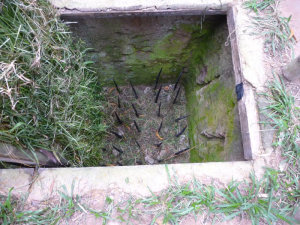

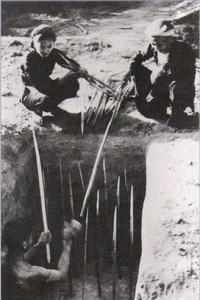

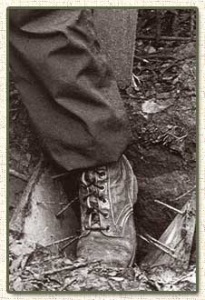

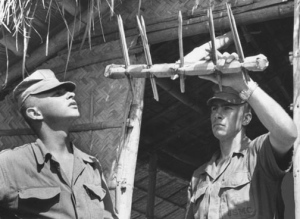
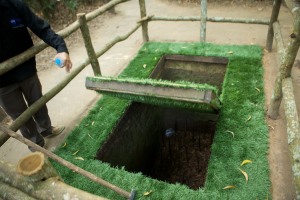
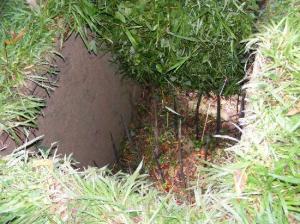
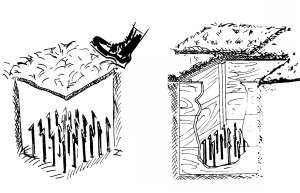
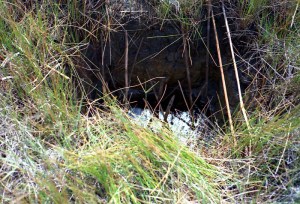
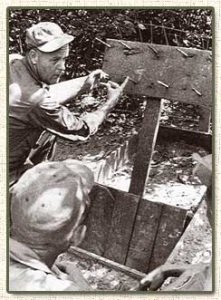
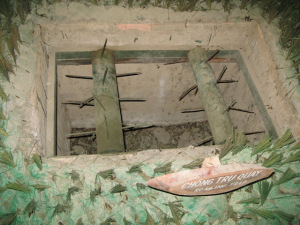
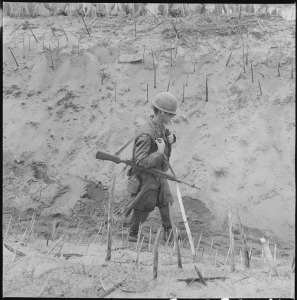
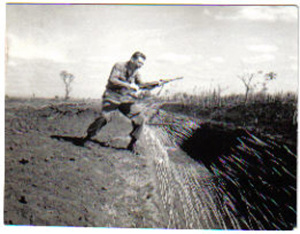


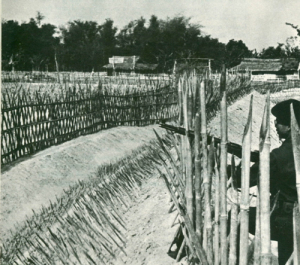
Leave a Reply